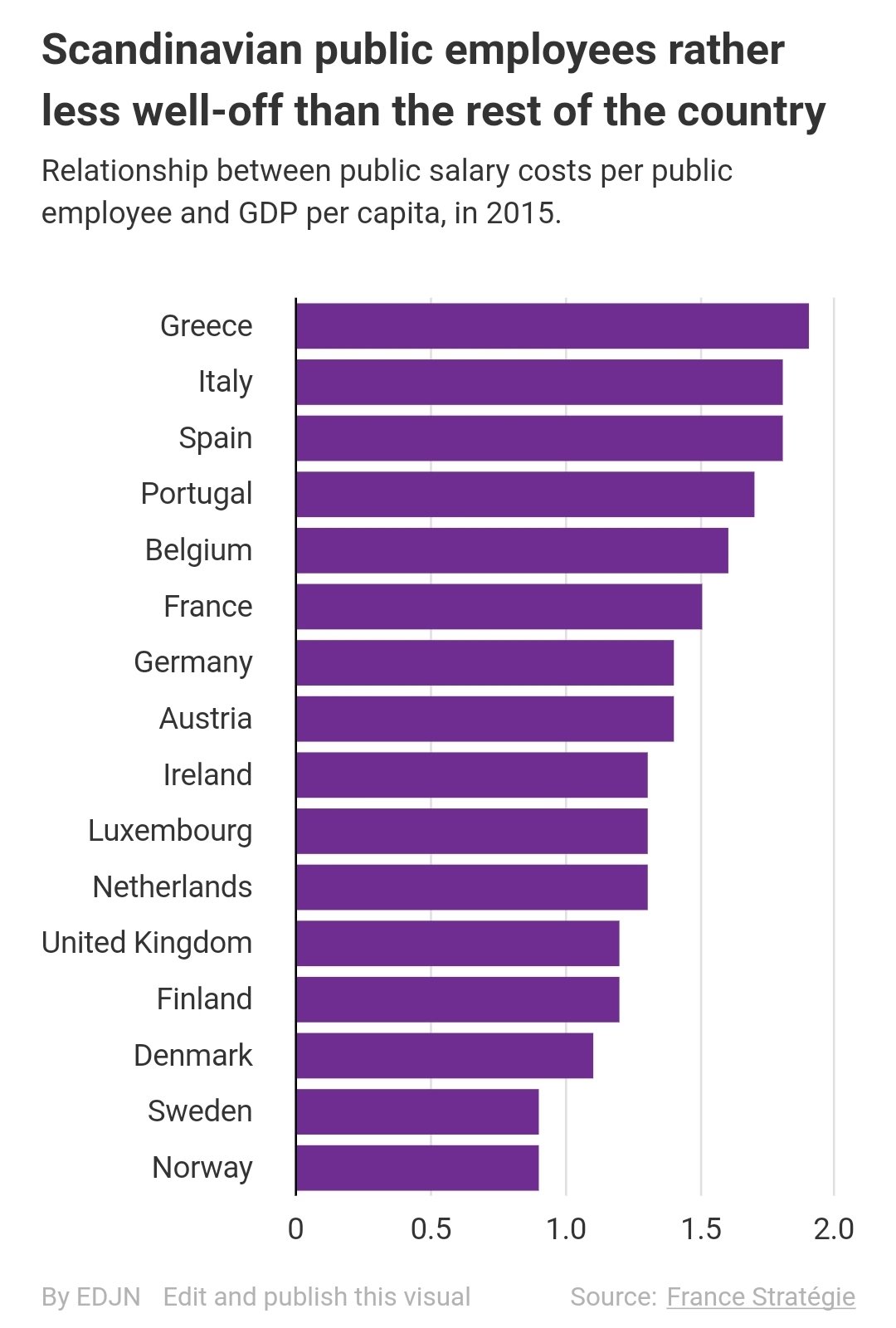A propósito deste artigo "Pequenas demais" de Nogueira Leite:
"Desde que me lembro que tenho assistido a um debate em Portugal sobre o aparente puzzle da baixa produtividade do trabalho face aos outros países europeus.
...
Porventura o factor mais negligenciado nestas explicações, pelo menos no debate público, é um dos que maior fatia da diferença consegue explicar. A escassa dimensão de muitas das empresas portuguesas. O tecido empresarial português tem uma concentração importante nas micro e nas pequenas empresas e é aí que o diferencial de produtividade para a média europeia é mais notório. As nossas microempresas têm uma produtividade que é de apenas 41% da média europeia (dados de 2018, Eurostat), enquanto nas pequenas o rácio sobe para 63%, sendo de 69% nas médias e 78% nas grandes, sendo que muitas destas últimas operam em ambiente concorrencial.
...
Não se propõe a criação de gigantes, mas apenas uma economia em que os mais pequenos cresçam e melhorem o seu contributo para o conjunto da economia."
Gerou-se esta troca de ideias no Twitter:
O meu último twitt gerou esta resposta:
Primeiro, acerca da minha metáfora do cão dos Baskerville e da minha receita para o diferencial de produtividade portuguesa escrevi no mês passado "A receita irlandesa".
Comecemos pela equação da produtividade:
Uma PME portuguesa no sector do mobiliário, do calçado, da metalomecânica, do têxtil tem três formas de aumentar a produtividade:
- aumentando o valor unitário dos bens ou serviços que produz; (com a chegada da China, Portugal tipicamente passou a produzir sapatos que se vendiam na loja a 300 euros em vez de 30 euros)
- aumentando a quantidade de saídas por unidade de tempo; (com a chegada da China, Portugal tipicamente encolheu o tamanho das fábricas e a produtividade em unidades).
Quando uma empresa aumenta de dimensão tem a possibilidade de produzir mais quantidade de saídas por unidade de tempo. Por exemplo, no calçado as empresas de Felgueiras tradicionalmente eram de maior dimensão que as de S. João da Madeira. O cliente-tipo das fábricas de S. João da Madeira era diferente do cliente-tipo das fábricas de Felgueiras.
Por isso, a produção de Felgueiras foi mais afectada pela chegada da China ao mercado. Porque o cliente que comprava nas fábricas de Felgueiras migrou para a China mais facilmente que o de S. João da Madeira. Como é que o calçado de Felgueiras deu a volta? Encolhendo a dimensão das empresas e subindo na escala de valor, aumentando o valor unitário dos bens ou serviços que produzia.
No mesmo sector de actividade tradicional em Portugal, quanto maior a dimensão da empresa menor o valor unitário do que se produz. Quem tem uma fábrica com 200 trabalhadores não pode, ou não deve, perseguir o mesmo tipo de clientes que uma fábrica de 60 trabalhadores. O cliente da fábrica de 60 trabalhadores coloca encomendas com uma dimensão que não é a adequada para a rentabilidade de uma fábrica de 200 trabalhadores. Seguir por essa via é cometer o mesmo erro da
Gráfica Mirandela que comprou a maior rotativa do mundo para operar num mercado atomizado. Seguir por essa via é não ter em conta os trade-offs das vantagens competitivas e ficar atolado no meio-termo das
bolas vermelhas.

As empresas com 60 trabalhadores operam num certo sector do mercado. As empresas com 200 trabalhadores têm de procurar séries mais longas, até porque o valor unitário do que produzem é mais baixo, e ao procurarem essas séries começam a ter de competir com empresas de outras áreas geográficas com custos muito mais baixos e aí ...
Trabalho com empresas de calçado que tipicamente produzem 400 a 600 pares por dia. Já trabalhei com uma empresa que produzia 2000 pares por dia. Clientes diferentes. Tamanhos de encomenda diferentes.
Lamento discordar do último twitt. À medida que as empresas aumentam de dimensão algures chegam a um ponto onde o modelo de negócio tem de evoluir. Encomendas com tamanhos diferentes, preços unitários mais baixos, clientes diferentes, montras diferentes. O cliente da fábrica de 60 trabalhadores é contactado numa feira. O cliente da fábrica de 2000 pares por dia visita a fábrica.
Esperar que o empresário-tipo da fábrica de 60 trabalhadores consiga dar o salto para gerir a fábrica de 200 trabalhadores é esperar que abrace sem dificuldade uma outra forma de planear, de gerir, de comprar e de vender. Isso não é fácil.
Depois de tudo o que escrevi vamos admitir que afinal os empresários-tipo da fábrica de 60 trabalhadores conseguem dar o salto para a fábrica de 200 e mais trabalhadores. Qual o ganho de produtividade necessário para ficarem ao nível médio europeu? Façam as contas, lembrem-se de Rosiello. Ganhar rentabilidade por redução de custos ou aumento de volume não se compara com o ganhar por aumento de preços.
É impossível ter produtividades europeias médias num sector tradicional? Não! Mas vejam qual a dimensão dessas
empresas italianas. Ainda há alemães a fabricar sapatos na Alemanha, e não são poucos. Qual o preço médio dos pares de sapatos que fabricam? Qual a dimensão dessas empresas?
O futuro das empresas nos sectores tradicionais em Portugal é continuarem pequenas e até reduzirem de tamanho. Por essa via, as empresas terão futuro, muitas sobreviverão e outras prosperarão.
Como subir a produtividade do país? Volto à receita irlandesa. Há que entrar em outrs sectores de actividade em que não temos nem know-how nem capital. Há que atrair investimento estrangeiro. Também não podemos cair na loucura de acreditar que os
macacos sobem às árvores e começar a querer construir satélites, como nos anos de Cavaco.

















































